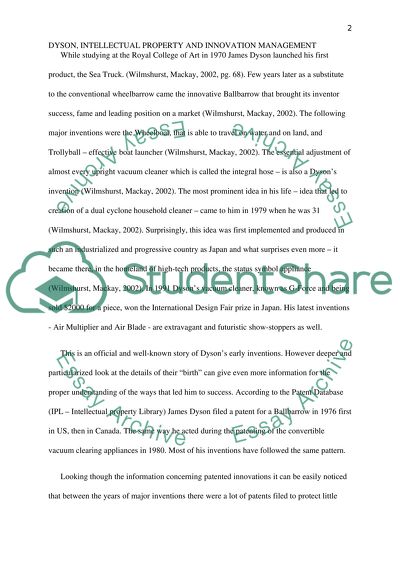Cite this document
(“Intelluctual Property and design Innovation Management (study of JAMES Essay”, n.d.)
Retrieved from https://studentshare.org/environmental-studies/1409994-intelluctual-property-and-design-innovation
Retrieved from https://studentshare.org/environmental-studies/1409994-intelluctual-property-and-design-innovation
(Intelluctual Property and Design Innovation Management (study of JAMES Essay)
https://studentshare.org/environmental-studies/1409994-intelluctual-property-and-design-innovation.
https://studentshare.org/environmental-studies/1409994-intelluctual-property-and-design-innovation.
“Intelluctual Property and Design Innovation Management (study of JAMES Essay”, n.d. https://studentshare.org/environmental-studies/1409994-intelluctual-property-and-design-innovation.


